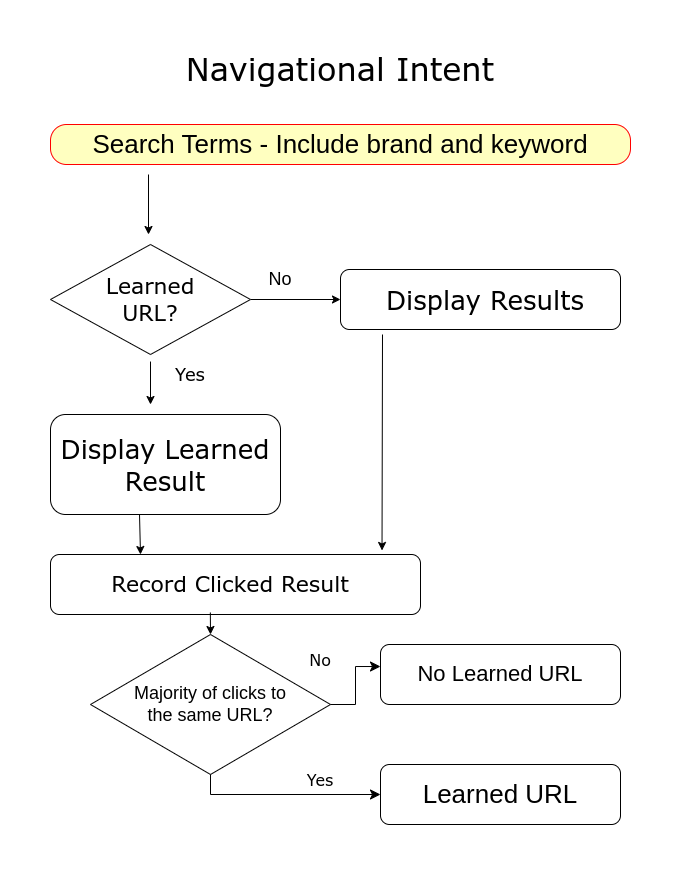Published:
Updated:
by Wayne Smith
Navigational intent is learned by looking at how users interact with the search results. It would not be scientific to say the only signals that are used are the interaction or selected result. Off-page linking also provides a signal as well as internal linking and site intent. In an ideal Google world, site intent, and page intent match user intent; Google search then matches the user with the page that best matches the shared intentions. We get insight into the algorithm when we look at the indented links or the panel of links for a site presented under the brand when somebody searches for the brand without an additional keyword.
These site links can be created well before Google has had time to learn which links are the important navigational links from the interaction. Schema can unambiguously provide the site's intention as to which pages are being or have been created for navigational intent. Given time Google does not need schema to determine the parts of a site that are significant navagation pages.
Navigational Site Links in Search
Schema can send an unambiguous, straightforward, signal to Google about what pages are the main navigational pages for the site. Google may or may not use the site's intended navigational links as the information Google provides is to answer the query intent. In an ideal world, Google will match the intent of the user with the site.
The learning algorithm can reason the search intent for the query and present a navigational link to the query. A learning navigational intent would be shown in the diagram.

Determining what the popular URL is for a site can be done using an algorithm that receives input from the user interaction. The interactions with a URL in search can then be used to provide answers to future users of the search engine. If the search query includes a site name, the entity or gkmid (or Google Knowledge Machine ID), can be pulled up and checked for a learned URL for the site. If a learned URL exists, the search can use the learned result. The URL the user selects can be recorded and if the majority select the same URL it can become a learned URL included as knowledge graph data
As interactions with navigational panels are more likely, the learned result is not likely to have volatility in search. However, none panel navigational links could move up and down in search because of mixed signals from users.